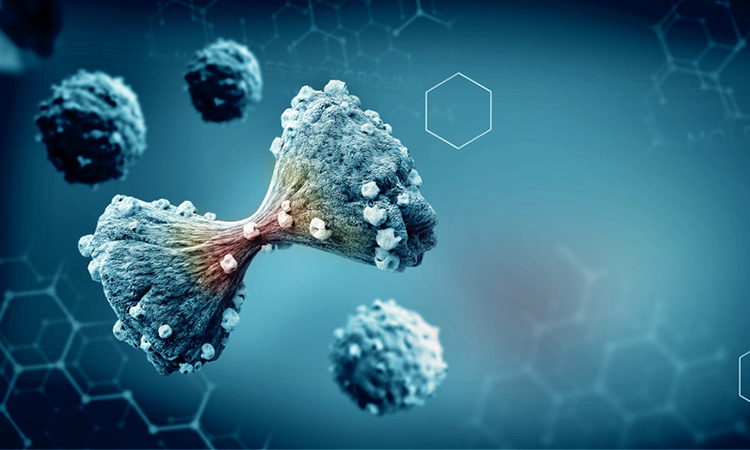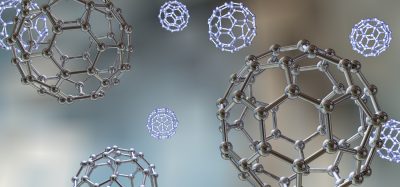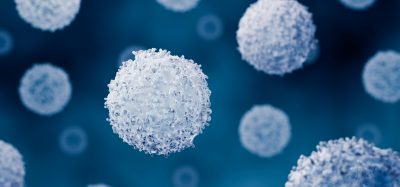New prostate cancer subtype may illuminate treatment strategy
Posted: 2 June 2022 | Ria Kakkad (Drug Target Review) | No comments yet
Researchers have identified a previously unrecognised form of hormone therapy-resistant prostate cancer.


Researchers at Weill Cornell Medicine and Memorial Sloan Kettering Cancer Center, US, have identified a previously unrecognised form of hormone therapy-resistant prostate cancer, as well as a set of molecules that drive its growth. The discovery, which was recently published in Science, opens the possibility to develop therapies that treat this specific disease.
In the study, researchers examined the molecular changes that occur within an advanced malignancy called castration-resistant prostate cancer, which arises when tumours evade treatment that deprives them of the hormones that drive their growth. Using samples derived from patients, they conducted a comprehensive survey of this cancer.
“Our data showed us that there are four groups of castration-resistant disease, two of which have not been defined before,” said co-senior author Dr Ekta Khurana.
Biomarkers aren’t just supporting drug discovery – they’re driving it
FREE market report
From smarter trials to faster insights, this report unpacks the science, strategy and real-world impact behind the next generation of precision therapies.
What you’ll unlock:
- How biomarkers are guiding dose selection and early efficacy decisions in complex trials
- Why multi-omics, liquid biopsy and digital tools are redefining the discovery process
- What makes lab data regulatory-ready and why alignment matters from day one
Explore how biomarkers are shaping early drug development
Access the full report – it’s free!
One of these, which they call stem cell-like (SCL), accounts for approximately a quarter of castration-resistant prostate cancers, she and her collaborators estimated. Within SCL tumour cells, they identified a set of proteins that work together to fuel this treatment-resistant disease. Studies have shown that this same molecular pathway drives other solid tumours, including colorectal cancer and malignancies of the breast and lung, so scientists are already working to develop ways of interfering with their activity.
“For patients that fall into this SCL group, we have found very promising drug targets, which future studies will work to validate,” said Dr Khurana.
Researchers already knew that this type of cancer encompasses more than one disease. Some tumours may manage to resist the treatment, but still need testosterone and other hormones, which are called androgens collectively, to grow. Others, meanwhile, shed their dependence on androgens and take on an aggressive form known as neuroendocrine. The new study identified two additional types of this disease: SCL and WNT, named for the signalling pathways that is overactive in tumours of these types.
Scientists seeking to investigate castration-resistant prostate cancer have generally lacked enough cells derived from patients to capture its full diversity. For this study, however, the team had access to 40 tumour samples. Most of these came from a collection of organoids, which are tiny organ-like structures grown from tumour cells collected from patients at Weill Cornell Medicine and Memorial Sloan Kettering Cancer Center.
The researchers analysed these cells’ DNA, RNA, and how compactly their DNA was packaged, a characteristic known as chromatin accessibility. Changes in this packaging contribute to cancer by altering genes’ availability for expression. The chromatin data led them to identify the four groups, including SCL and WNT.
To determine the proportion of cases they each may comprise, the researchers used RNA sequencing data to classify 100 patients from Weill Cornell Medicine and 266 from the organization Stand Up to Cancer. Depending on the set of patients, 22 to 30 percent fell into the SCL category, while WNT accounted for five or seven percent.
Focusing on SCL, they used sophisticated computational tools to integrate the molecular data and identify the malfunctioning pathway at the heart of this cancer. These proteins, FOSL1, TEAD, YAP and TAZ, become overly active and alter chromatin accessibility to propel tumour growth. In experiments, the researchers found that two molecules known to interfere with these proteins slowed the growth of the SCL cells, but not that of androgen-dependent cells — a result that highlights the potential for a targeted treatment.
Related topics
Hormones, Immuno-oncology, Immunotherapy, RNAs, Stem Cells
Related conditions
Prostate cancer
Related organisations
Memorial Sloan Kettering Cancer Center, Weill Cornell Medicine
Related people
Dr Ekta Khurana








